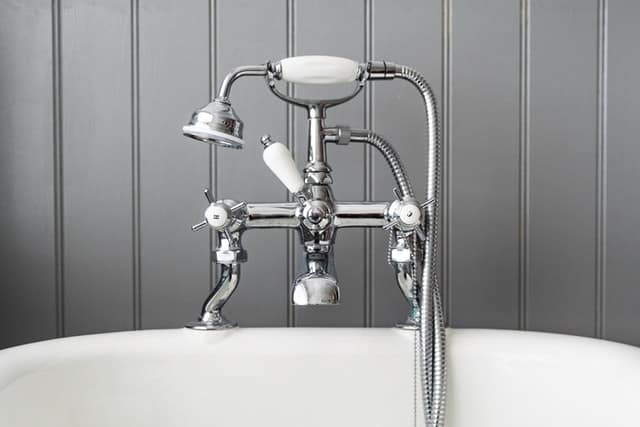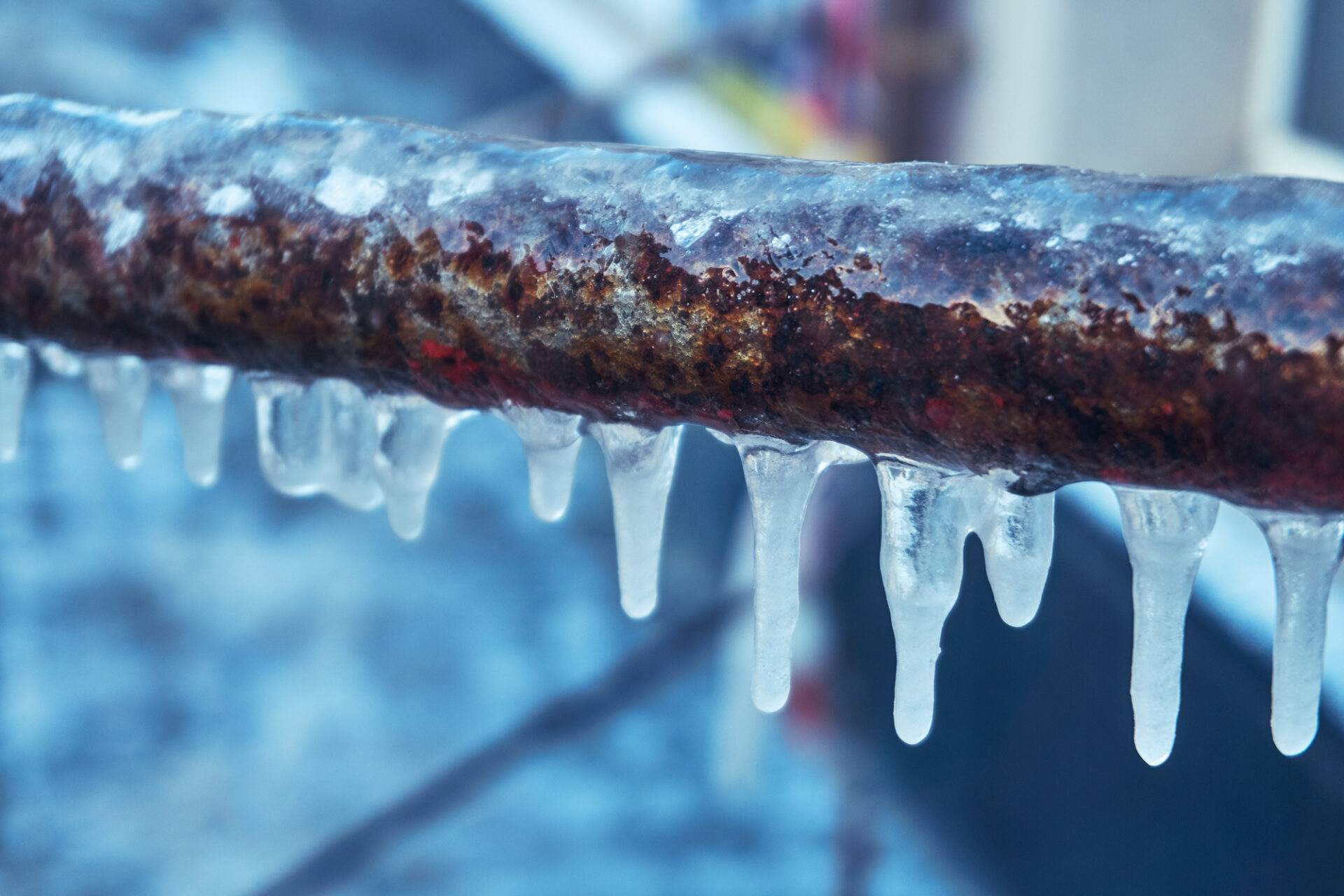Helpful Methods to Winterize Your Plumbing and Stop Freezing in Frigid Conditions
Helpful Methods to Winterize Your Plumbing and Stop Freezing in Frigid Conditions
Blog Article
The content in the next paragraphs relating to Winterizing Your Pipes is exceedingly fascinating. Check it out for your own benefit and see what you think of it.

All home owners that stay in temperate climates should do their finest to winterize their pipes. It is something you must do during autumn before deep winter season really begins. Failing to do so can mean calamity like frozen, cracked, or ruptured pipelines. If the weather exterior is shocking, right here are some useful winterizing hacks to maintain your plumbing system shielded also.
Try a Hair Dryer or Warmth Weapon
When your pipes are practically freezing, your reliable hair clothes dryer or warm weapon is a blessing. If the hot towels do not assist remove any settling ice in your pipelines, bowling hot air straight right into them might assist. Nonetheless, do not use various other objects that create straight flames like a strike lantern. This can cause a bigger calamity that you can not control. You might end up damaging your pipes while trying to melt the ice. As well as in the future, you might even end up shedding your house. So be cautious!
Open Cabinet Doors Hiding Plumbing
When it's cold outside, it would be handy to open up cabinet doors that are concealing your pipelines. Doing this small trick can keep your pipes cozy as well as restrict the possibly hazardous results of freezing temperature levels.
Require Time to Wrap Exposed Water Lines
One easy as well as clever hack to heat up freezing pipes is to wrap them with warm towels. You can likewise utilize pre-soaked towels in warm water, simply don't fail to remember to wear safety handwear covers to safeguard your hands from the warm.
Activate the Faucets
When the temperature level decreases and also it appears as if the cold temperature will certainly last, it will certainly help to turn on your water both indoors and outdoors. This will maintain the water flowing via your plumbing systems. You'll end up wasting gallons of water this means.
When Pipes are Frozen, shut Off Water
If you discover that your pipelines are totally frozen or virtually nearing that stage, transform off the primary water shutoff instantly. You will normally locate this in your basement or utility room near the heating system or the front wall closest to the street. Turn it off as soon as possible to prevent further damages.
Do not fail to remember to close outside water sources, also, such as your hookup for the garden home. Doing this will prevent additional water from filling up your plumbing system. Sadly, with more water, more ice will pile up, which will eventually result in rupture pipes. If you are not sure about the state of your pipes this winter months, it is best to call an expert plumber for an examination. Taking this aggressive strategy can conserve you thousands of dollars in repairs.
All homeowners that live in pleasant environments should do their best to winterize their pipelines. Failure to do so can mean disaster like icy, split, or ruptured pipelines. If the warm towels do not help displace any working out ice in your pipes, bowling warm air straight right into them might aid. Transform off the major water valve right away if you notice that your pipelines are entirely icy or virtually nearing that phase. With more water, even more ice will certainly stack up, which will ultimately lead to break pipelines.
PREVENT YOUR PIPES FROM FREEZING THIS WINTER
A Leading Cause of Property Damage
When the weather is taking a deep nose dive into the cold dreary days, the risk of your pipes freezing and potentially bursting skyrockets. Unfortunately, during these cold dreary months, burst pipes are the most common denominator for property damage. The pipes that are most at the risk are those that are in areas where it is most cold in your home. For instance, pipes located in interior places such as basements, attics, and your garage. Unfortunately, that doesn’t mean that the pipes running through your cabinets or exterior walls can’t freeze. Good news, however, is that you can do things to help prevent pipes from freezing.
How to Prevent Pipes From Freezing
Once the temperature starts to drop during the winter, you should be taking the proper measures needed to ensure that your pipes stay warm and that there is circulation of water through them. Some steps that experts may recommend could go against your better judgement when it comes to saving water and heat. However, it would go without saying that when expenses are compared, damaged pipes could put a bigger dent in your wallet than a water bill.
What Can I Do?
Keep your garage door closed. This is very important, especially if you have water supply lines running through your garage. Open your kitchen and bathroom cabinets to allow warm air to circulate through them. Allow air circulation throughout your home. Keeping the interior doors open will once again allow the warm air to circulate inside your home. Ensure your thermostat is running the same temperature throughout the night and day. If you plan to be away from home during the cold months, set your temperature no lower than 55° F. This should provide enough heat to keep the pipes warm and prevent any remaining water inside the pipes from freezing. For more of a long-term solution, add insulation to attics, basement, and other crawl spaces around your home. By allowing your faucet to drip, it will alleviate pressure in the system. This is important because the pressure that is created between the blockage and the faucet can potentially cause the pipes to burst. Allowing the faucet to drip will prevent the pressure from building up, therefore keeping the pipes from bursting. Seal any cracks, openings, and crawl spaces around your home to prevent cold air from coming inside. This keeps your pipes-not to mention your home-warmer and less susceptible to issues caused by freezing temperatures. For the pipes in your home that are easily accessible, applying electrical tape to them might prevent them from freezing over. This is a quick fix, as you can apply the tape directly to the pipe. There are two options for heating tapes. One turns on and off by itself when it senses heat is needed. The other type of heating tape needs to be applied when heat is needed and removed when not necessary. If you have exposed pipes in your home, you can check this website to take a look at a few options that would be available at a shop near you.

I'm just very enthusiastic about Winterizing Your Pipes and I'm hoping you enjoyed my entry. For those who enjoyed reading our blog post if you please be sure to pass it around. Many thanks for your time invested reading it.
Need urgent help? Reach. Report this page